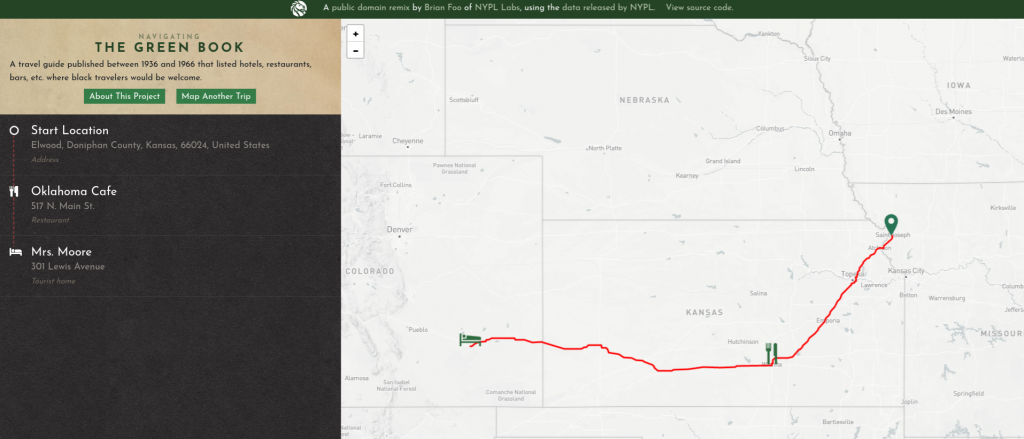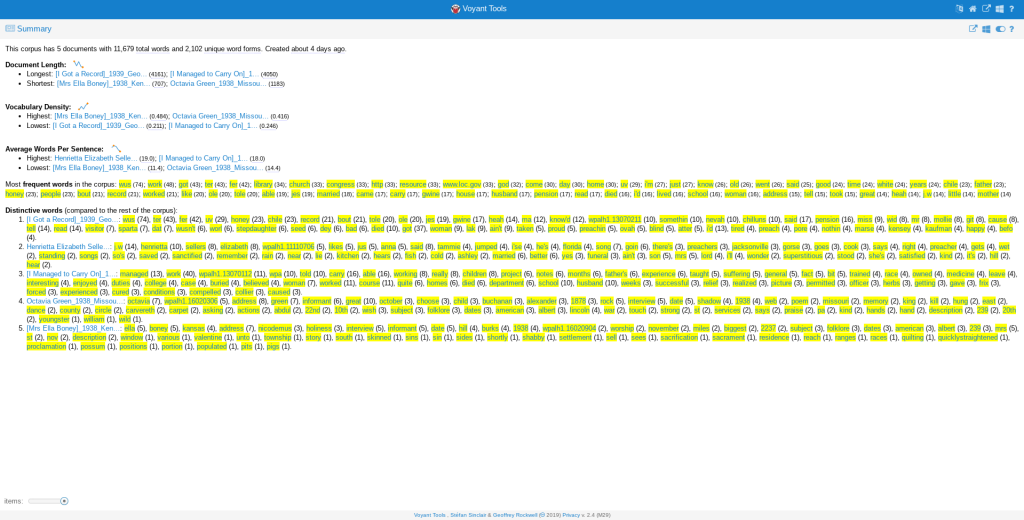What is a Legacy? A legacy is the imprint of what once was.
A Legacy is the positive impact change has on the future.
For My Project I chose to do a case study of Prince William Forest Park, and its narrative and it’s place within the 1930’s. Through the lens of a place-based narrative the cultural changes and cultural limitations are given a name and a face. With Place Based Narratives the effects of prejudice and change are shown as widespread and viable.
To tell this story I chose to use a map, a timeline, image annotation, and my original Place Based Narrative. I chose to use the Map because spatial awareness brings into picture the limits of people. Raw data is not enough to demonstrate the effects. I used a timeline because timelines put the narrative into real time perspective. It particularly highlighted how abrupt the economic collapse was, and it how long the pollution of the pyrite mine sight lasted. I chose the image annotation because as the viewer is reading through the American Guide Series page, I can narrate the historical importance of the page. It allows for the historian to draw average viewers into a historical source using historical thought. I used my original Place Based Narrative because this Park is also a personal community memory for me. There is no better way to show how important a place is than with a personal experience. All of these digital resources transform the data into easily consumable information, and makes it viable for widespread understanding. History is to be lived, and these tools allow for average people, who are not historians, to live history. These tools add to the historical method through drawing people into the history itself.
I did not know much about the 1930’s when we started. Sure, I knew general information on FDR and the Federal One Project, but all I knew was vague. I knew about the destitute culture from the Grapes of Wrath. I knew of the Federal Theatre Project and its Communist ties through a Theatre Class, but I did not understand the depth of the issues that the Federal One Projects took on. The Federal Writers Project sought to create the American Guide Series that increased employment for writers1 through collaboration with local and federal perspectives created a positive tourist resource.2 The themes of mobility and value of movement within the 1930s highlights the hopes of the people. It may not be so great where they were, but maybe on the other side of the country they have work. 3 Then underlying all these social issues the Long Civil Rights Movement is trudging through the depression, and African-Americans are treated worse than ever. The case of the Scottsboro boys breaks my heart. The lack of critical consideration and disregard for human life astounds me.4
People today take history for granted, but people particularly take the 1930’s developments for granted. The 30’s was a hard time For African-Americans, but the strides taken by many during that time set up the change to come in the 1960s. The Federal One Projects have a direct impact on our everyday life in the 21st century, and my projects scope gives life to that change. Every project the Cultural New Deal took upon themselves had a return investment, and continues to have a return investment. The Recreation District Areas, RDA’s, are now National Parks, and these are considered a national treasure. The foundation the Cultural New Deal laid began a much of the American image we hold onto today. Every culture has its roots in history.
Now with what I know about History, and how people can use their time to change and build communities; I know to question everything, even the things no one else has the guts to question. Algorithms, Aka opinionated math, has whittled its way into the minds of people as “TRUTH.” People are consistently being disadvantaged because of unfair algorithms, but people have done little to rewrite them.5 This course has shown me how to remain confident in the face of digital ethical discussions.
But most of all, I know to hope for the future, because when a depressed generation bands together they can leave a Legacy of a beautiful future.




